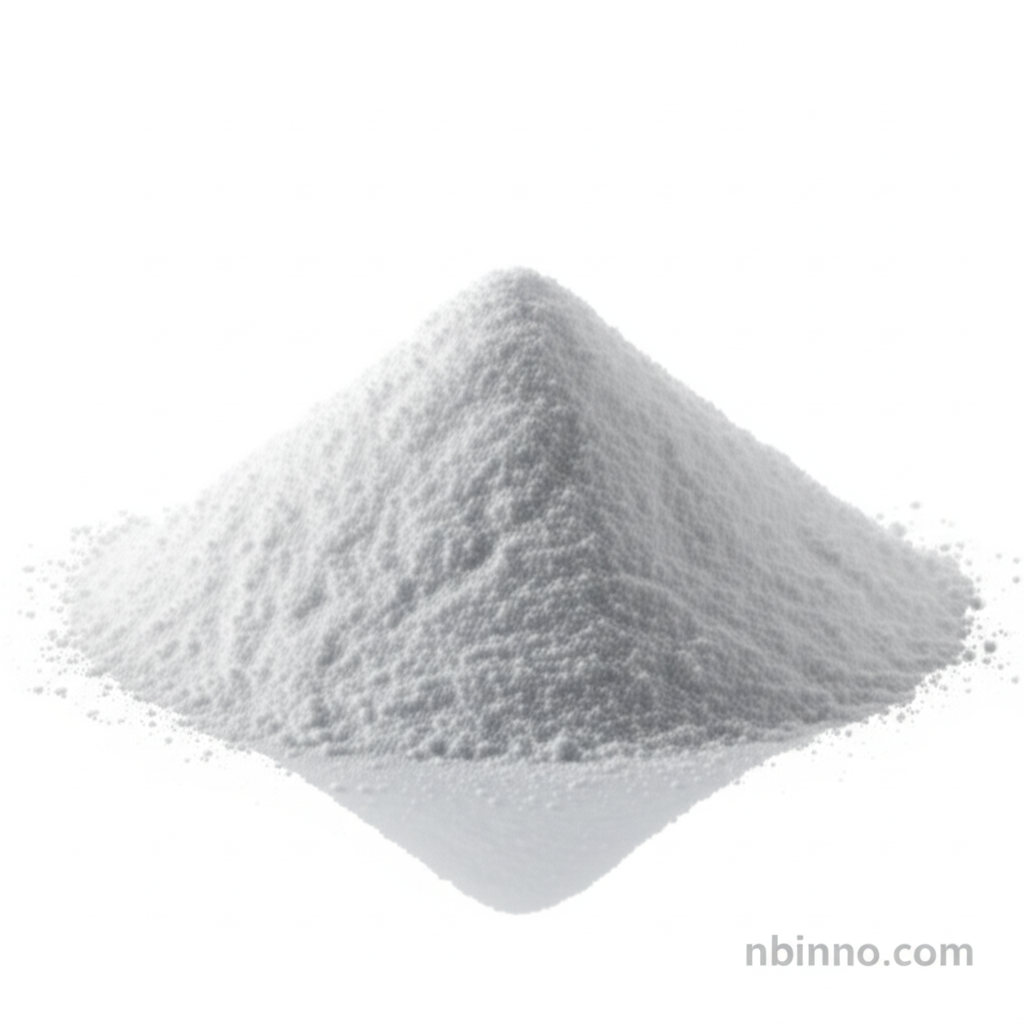Cephalexin Degradation and Antimicrobial Activity: UV-C Treatment Insights
Discover the effectiveness of UV-C irradiation in breaking down cephalexin and its impact on residual antimicrobial activity.
Get a Quote & SampleProduct Core Value

Cephalexin
Cephalexin, a widely used antibiotic, has been identified as a significant micropollutant in aquatic environments. Its persistence and potential to contribute to antimicrobial resistance necessitate effective removal strategies. This article explores the degradation of cephalexin through UV-C irradiation, a process that breaks down the molecule and mitigates its environmental impact.
- Understanding the cephalexin degradation by UV-C process is crucial for developing effective water purification techniques.
- The study provides insights into cephalexin metabolite identification, revealing transformation products formed during UV treatment.
- Assessment of residual antimicrobial activity of cephalexin degradation products confirms that treated water is safer for the environment.
- The environmental impact of cephalexin is addressed by demonstrating a viable method for its removal from water sources.
Advantages Offered
Efficient Degradation
The UV-C irradiation effectively degrades cephalexin, achieving an 81% reduction in concentration within just 20 minutes, as part of a comprehensive UV-C treatment of cephalexin.
Reduced Environmental Risk
By breaking down the antibiotic molecule, this method directly addresses the antibiotic contamination in waterways, reducing the spread of antimicrobial resistance.
Validated Antimicrobial Inactivation
The research validates that the by-products resulting from the cephalexin photo-oxidation mechanism do not retain significant antimicrobial properties against common bacteria.
Key Applications
Water Purification
Implementing UV-C technology for water purification offers a sustainable approach to remove pharmaceutical residues like cephalexin.
Environmental Remediation
This study contributes to environmental remediation of pharmaceuticals, providing a scientific basis for treating contaminated water bodies.
Antibiotic Resistance Management
By reducing the presence of active antibiotics, this process aids in antibiotic resistance mitigation strategies, a critical global health concern.
Micropollutant Control
The findings support advancements in micropollutant detection and removal, offering solutions for complex wastewater treatment challenges.
